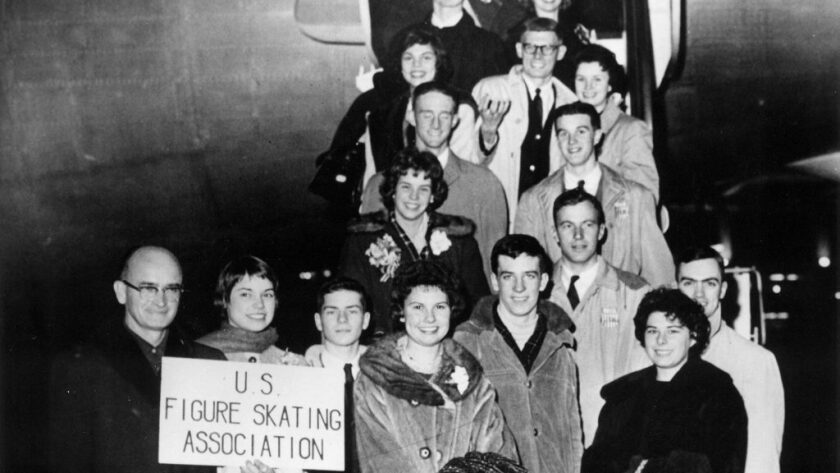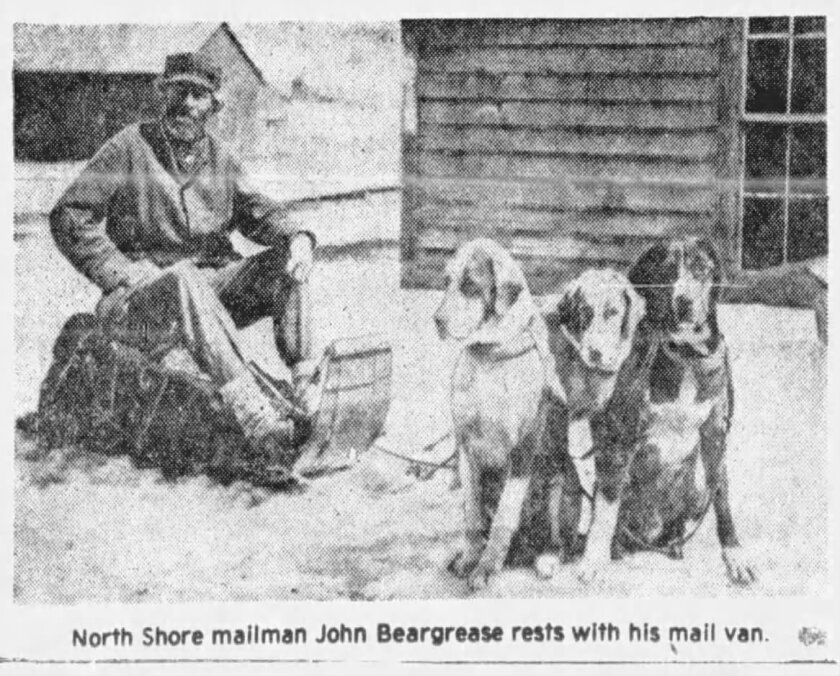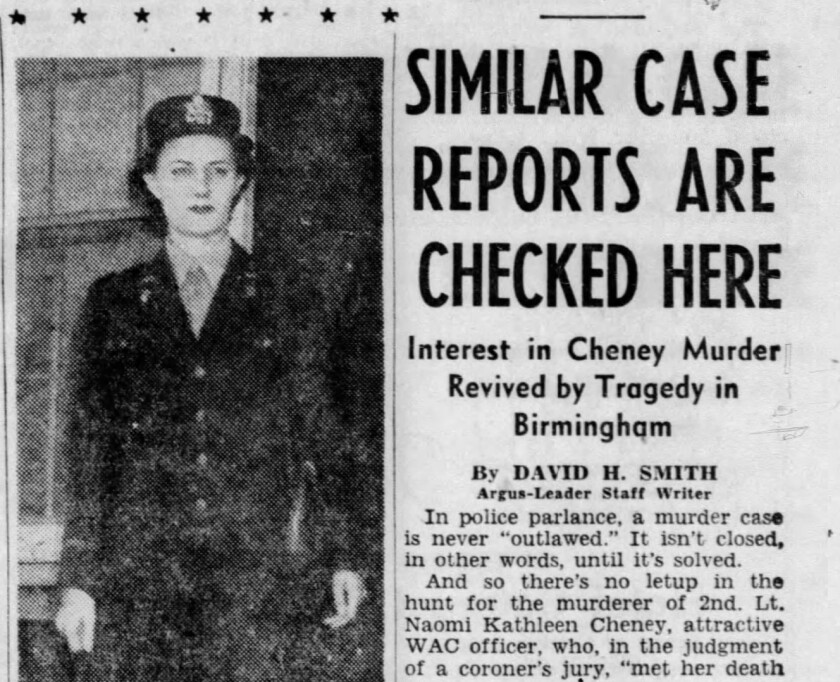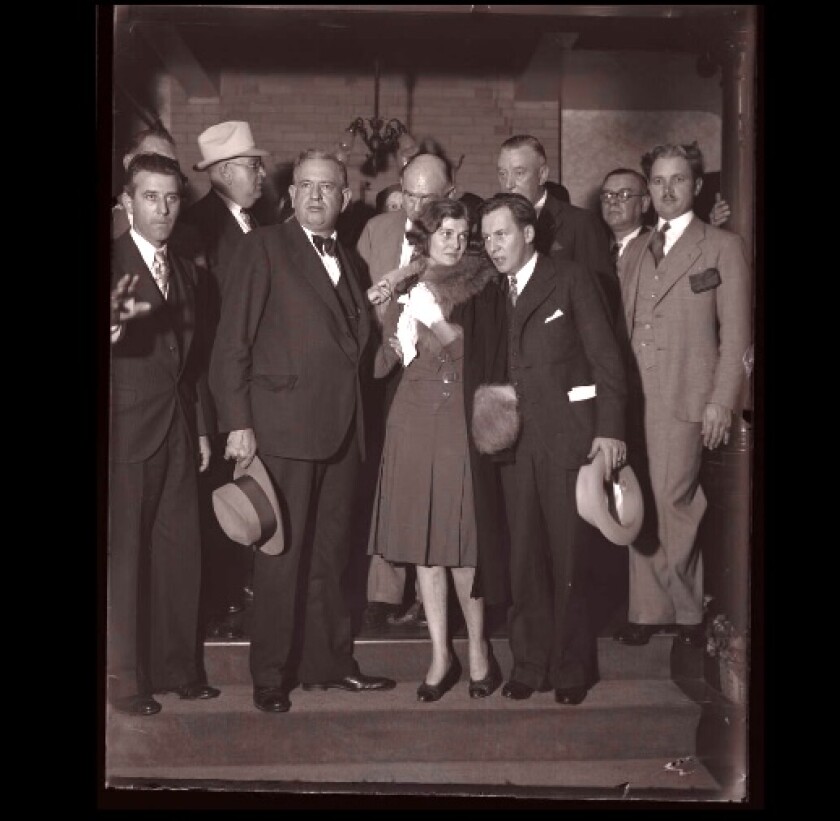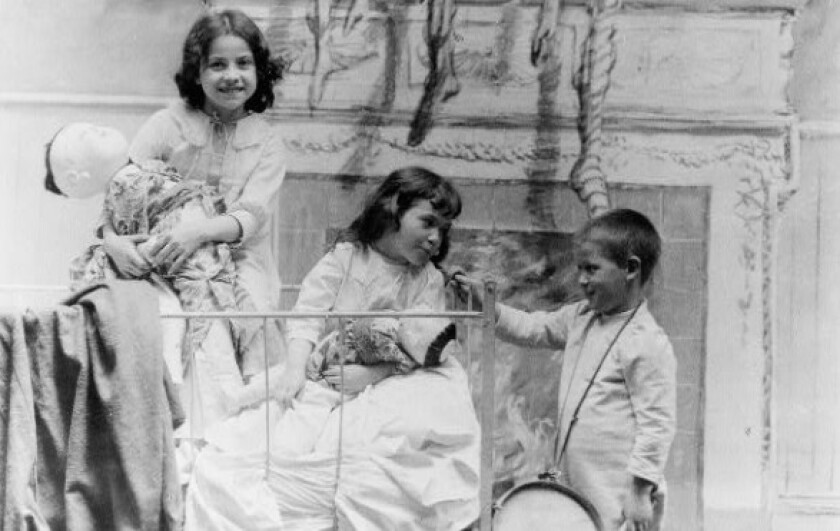Editor's note: This archival Vault article was first published Aug. 16, 2022.
VILLISCA, Iowa — The tourist attractions you’ll find in southern Iowa seem to make sense. In the land made famous by Grant Wood’s “American Gothic” painting, it’s fitting to find John Wayne’s birthplace or those pretty covered bridges of Madison County.
ADVERTISEMENT
But in the middle of the rolling cornfields and silos emblazoned with the Iowa Hawkeyes logo, you wouldn’t expect to find what some have called one of the creepiest places in America — the Villisca Ax Murder House.
Get The Vault podcast on your favorite app: Apple | Spotify
The two-story white house on Second Street is one of the most popular, albeit macabre, tourist attractions in the Midwest. Thousands of visitors, including many people from the Dakotas and Minnesota, come to hear the scary story as they step on the creaky floors once walked by a killer.
Some come for a tour in broad daylight. Others pay the $428 fee to spend the night. The sleepovers are so popular they’re already booked out for a year, with everyone from paranormal investigators and psychics to criminal justice classes and women’s book clubs.
“We might have a random Monday or Tuesday night open here or there. But that's about it," said Johnny Houser, a caretaker and tour guide.
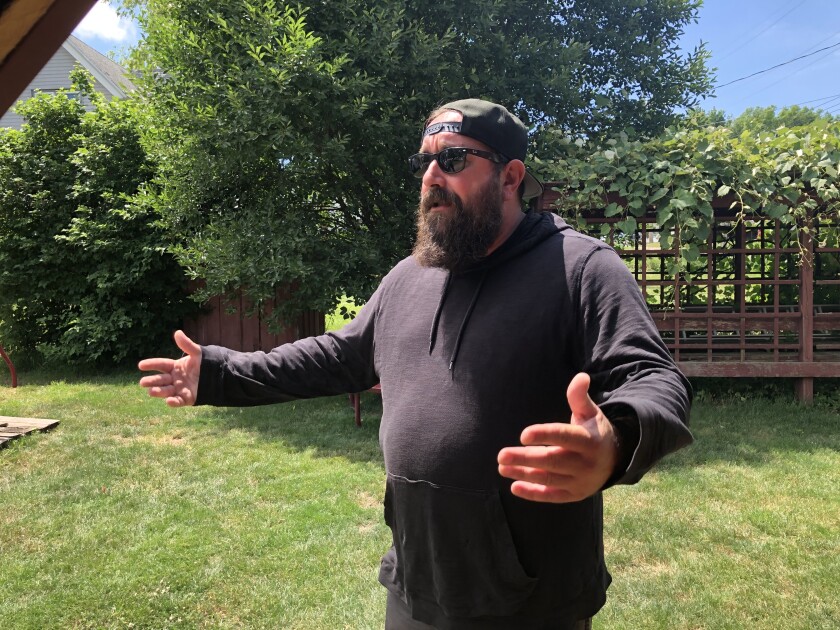
Houser is the first person you’ll meet when you take a tour of the house. He tells the tale with an ease reserved for neighbors sharing stories over cans of Busch Light in the driveway. Maybe that’s because he lives right next door. Houser, and others who grew up here, don't know their town without the horrific story of how the Josiah and Sarah Moore family and their two young houseguests died at the end of an ax.
But he admits after years of thinking he knew exactly who did it, in the last couple of weeks after examining evidence he has never seen before, he changed his mind. More on that later.
ADVERTISEMENT
First, the details on what happened on June 9-10, 1912, in this quiet Midwestern town.
A trip inside and back in time
The screen door creaks as Houser escorts tourists into what was the Moore kitchen. It looks just like it did in 1912 — so much so that the house earned a spot on the National Register of Historic Places. There’s an old-style ice box, and a wooden wash basin, and flowered dishes in the cupboard.
It’s probably close to what Josiah Moore’s brother Ross saw the morning of June 10, 1912, when he came to check on the family after neighbors alerted him that the home looked unusually quiet. What he found was beyond words.
All eight people in the home had been brutally murdered in their sleep, bludgeoned by an ax.
“Everybody's in bed just like they went to sleep and hopefully didn't know what happened. As far as the crime scene, an ax had been left downstairs,” Houser said.
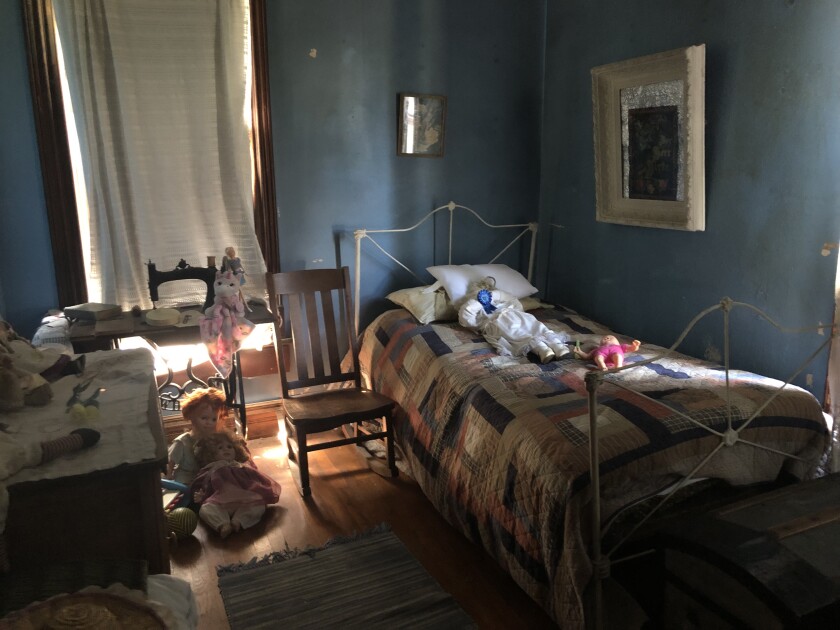
Houser said the crime scene was full of other odd clues. Raw bacon wrapped in a dish towel was found on one bedroom floor close to part of a key chain that did not belong to the Moores. Mirrors in the three bedrooms, where the victims slept, had all been covered in sheets. The faces of the victims were covered with bedclothes.
It appeared the killer was in the house for a while as a plate of uneaten food sat on the table next to a bowl of bloody water, where the killer was believed to have rinsed his hands.
ADVERTISEMENT
Before he left, he had drawn the shades and curtains on the windows. On the windows without coverings, clothing was hung to create near total darkness in the home.
Then the killer disappeared into the early morning hours, seemingly without a trace.
The night before
The hours before the bloodied bodies were discovered appeared to be joyous ones for the Moore family. The family, which included parents Josiah, 43, Sarah, 40, and their children Herman, 11, Katherine, 10, Boyd, 7, and Paul, 5, had attended a “Children’s Day Program” that evening at their Presbyterian church.

When it ended around 9:30 p.m., they walked home with Lena Stillinger, 11, and Ina Stillinger, 8, who were also at the program and were invited by their friend Katherine Moore to sleepover. It’s presumed the group went to bed shortly after getting home.
According to the coroner, the murders probably took place shortly after midnight. The Stillinger sisters were discovered dead in a downstairs bedroom, Josiah and Sarah killed in the master bedroom and the rest of the Moore children killed in the other upstairs room.
Mishandled crime scene
Given the unusual clues at the crime scene, today’s law enforcement officials would probably have a fairly easy time finding a suspect. But back then, fingerprinting was relatively new and DNA testing unimaginable. However, the biggest issue was that the crime scene itself was not secured. Houser said within hours of the murder, curious townspeople made their way to the Moore home where many were allowed in the home to gawk at the victims and trample on any potential evidence.
Houser said before the National Guard was called in to secure the scene, an estimated 1,500 nosy neighbors stopped by.
ADVERTISEMENT
“I’ve seen one shot of the mob scene and it’s clear up to the school up there. It looks like a rock concert. Thousands of people,” he said.
Interestingly, a local druggist who thought enough to bring a camera into the crime scene was escorted out before he had the chance to take photos that could have been helpful to the investigation.
The early suspects
With everyone and their grandmother visiting the crime scene that day, it’s not surprising that many began to fancy themselves experts in the case. Tongues began wagging over the identity of the ax murderer.
A couple of suspects topped the list right away. The first was a man named Frank Jones, a prominent Villisca resident, Iowa state senator and former boss of Josiah Moore. According to town gossip, Jones was very upset when Moore quit his job at the store two years earlier.
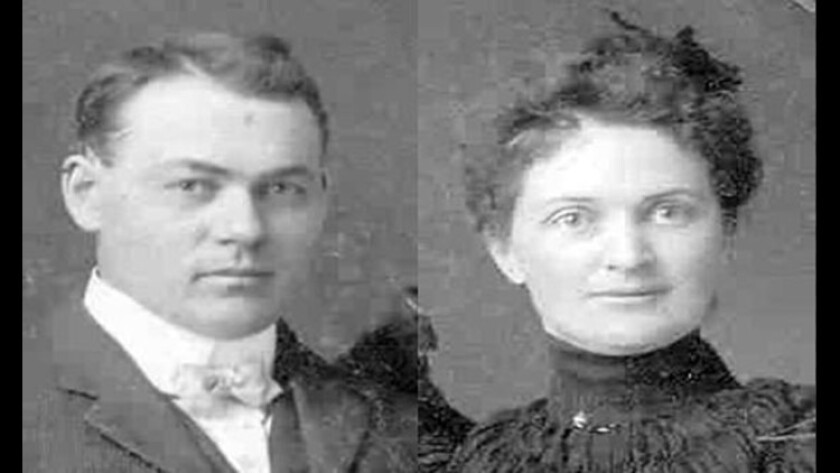
To add fuel to the fire, it was rumored that Moore had had an affair with Jones’ daughter-in-law. Some speculated that Jones, who was 57, hired another man to commit the murders. However, no credible evidence was ever found to connect Jones or the other man to the crime, and they were never arrested or charged.
A more-credible suspect was soon found in the Rev. George Jacklin Kelly, who residents had described as “peculiar.” (Experts today have speculated that he might have been suffering from schizophrenia.) He was a known sexual deviant, who once placed an ad for a secretary with the requirement that she occasionally type in the nude.

But his reputation alone wasn’t enough to cast suspicion his way. That happened when an elderly couple reported seeing him board a train in the early morning hours of June 10. The couple also claimed that he told them of the murders despite the bodies not yet being discovered.
ADVERTISEMENT
Kelly was interrogated by police and he eventually confessed to all eight ax murders. He was arrested in 1917. But before his trial began, he recanted his confession. To add insult to injury for the prosecution, the couple who claimed to have been on the train with Kelly later changed their story.
With little evidence tying him to the killings, the first grand jury to hear Kelly’s case hung 11-1 in favor of refusing to indict him, and a second panel freed him altogether.
Lingering doubts
Despite Kelly being let go, many residents of Villisca, population 1,162, still believed he was guilty. And it’s been that way for more than 100 years.
The house's tour guide and caretaker, Houser, was one of those who believed in Kelly’s guilt — until, he said, just two weeks ago when he and some friends went through the interrogation transcript. He was shocked when he read it.
“I realized he (Kelly) asked for his attorney 17 times within 10 minutes. And then they’re going, 'You don’t need your attorneys to tell the truth,’” Houser said.
Houser said the police told Kelly, ‘You walked up to the family and did this and this and this.’ At first, Kelly denied it, but later said something along the lines of, 'Well, you guys are high-in-stature people and you wouldn’t lie.’"

Author Bill James, in his book "The Man From the Train: The Solving of a Century-Old Serial Killer Mystery,” said he does not believe the Rev. Kelly was capable of committing a crime of this nature.
ADVERTISEMENT
“Whoever committed these murders was a horrible person, but he was also cunning, strong, organized and relentless. Kelly was timid, weak and mentally disorganized at an extremely high level. When people said bad things about him during the trial, (he) would bury his face under his arms and sob uncontrollably. His wife, towering over him in the next chair, would cradle him like a child, and pat him on the head,” wrote James.
A new theory of who did it
The title of James' book (co-authored by Rachel McCarthy James and available on Amazon) gives a clue to who is now suspected of the murders — the man from the train.
The authors say the murderer was likely a serial killer who traveled the railroad as early as 1900 looking for victims. They point out that it's interesting to note that the Villisca murders happened the exact same summer, in the same state, that "The Music Man" was set. Not only does it give a clue to the way the people might have looked or dressed, but the opening scene of the traveling salesmen on the train illustrates how trains connected small towns to the world and how strangers were eager to hop off and on.
The "serial killer" theory goes as far back as 1913, but 21st century technology has made it easier to compare each of what the Jameses speculate is 100 murders committed in the immediate years surrounding the Villisca murders. In one case, a couple in Paola, Kan., just three hours from Villisca, was killed by an ax murderer five days before the Villisca murders took place.
Many of the murders had similarities:
- They took place in a town with a railroad stop.
- They happened on a Sunday night.
- Often entire families were victimized.
- The killer used an ax, which he left at the scene.
- The victims' faces were covered after they were killed.
- The killer washed his hands at the scene.
- The killer appeared to linger at the murder scene before leaving.
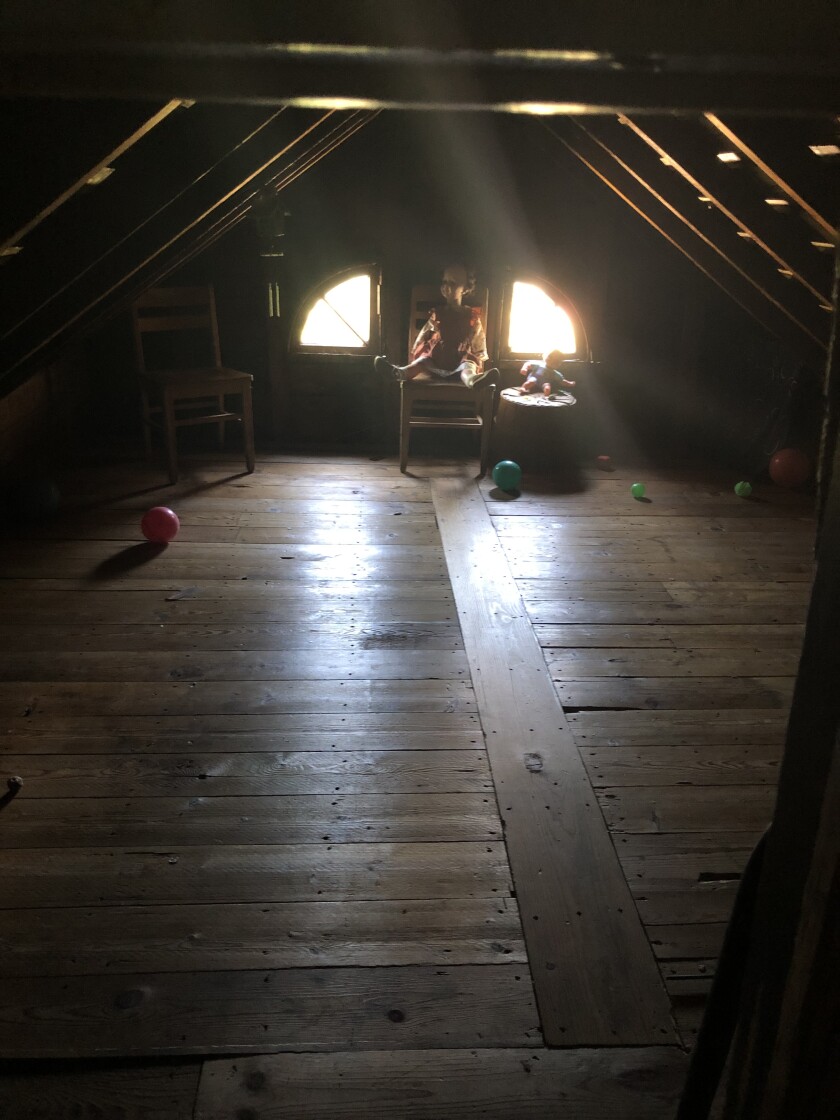
A man named Henry Lee Moore (no relation to the Moore family) is one of those suspected of being the serial killer. He was convicted in Missouri of the ax murder of his mother and grandmother several months after the Villisca crimes. However, he was never charged for the crimes.
The Jameses wrote that the serial killer was a German immigrant named Paul Mueller. Crime writer Harold Schecter said he believes "The Man From the Train" offers the most probable solution yet for the Villisca murders.
Even so, the case is still unofficially unsolved. Whoever brutally murdered the Moore family and the Stillinger sisters has long since died — never punished for the sins he committed on earth. He got away with it, but left a mark on this tiny town in southwestern Iowa where the name “Villisca” is likely to forever be synonymous with “ax murder."
If you have a historical true crime story you'd like Forum Communications to investigate, contact Tracy Briggs at tracy.briggs@forumcomm.com.




